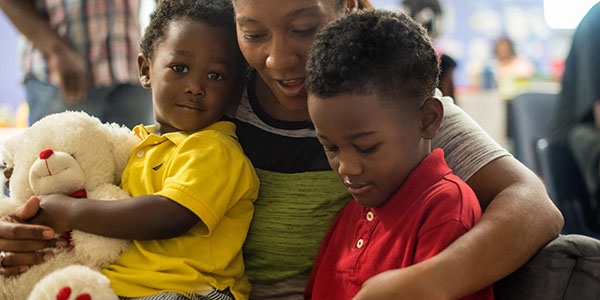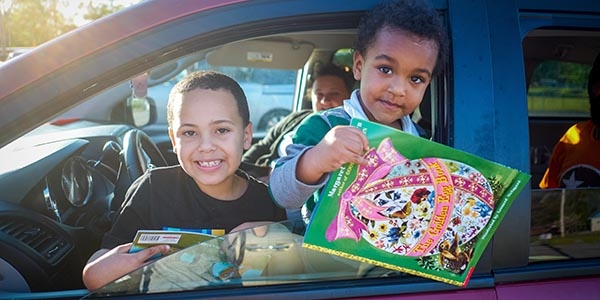5 Tips for How to Talk to Children About School Shootings
The United States hasÌýsurpassed 200 mass shootings in 2024; a grim milestone. The deadly incident at Apalachee High School in Winder, Georgia on Sept. 4 was the 218th time a gun was fired or brandished at a school, data for 2024 shows.Ìý
Mass shootings and school shootingsÌýmay spark feelings of stress, grief and anxiety in children.ÌýMany students, including Kindergarteners as young as five years old, participate in active shooter drills at school. Their awareness of school shootings and mass shootingscan lead to emotional conversations filled with complex questions.
Here, 91²Ö¿â’s emergency response experts offer tips to help you talk to children about school shootings.
- Start the conversation.
It may never seem like the right time to start a discussion about school shootings with your child. But, not talking about it can lead to feelings of worry and confusion while also opening the door to misinformation.
Ìý - Emphasize safety.
Start by asking your child what they already know about school shootings. Allow them to express their concerns and ask questions. Reassure them and be honest – don’t lie to them. Address any inaccurate concerns that they may have (e.g., school shootings happen frequently; children are not safe at school).
Don’t go into graphic details, put the emphasis on safety, and help them identify the plans in place to protect them in all types of emergencies.
Ìý - Reiterate that it’s normal to be scared.
Everyone feels afraid when they’re in danger. Fear is how our bodies alert us and prepare us for action in times of danger. Help children understand that their natural reactions are normal.
Ìý - Look for leaders.
Remind your child that adults – teachers, leaders and first responders – are working every day to keep them safe at school. The emergency drills that they may practice in the classroom are an example of this.Ìý
Children are more likely to have the confidence to make a safe decision in an actual emergency situation when they’ve practiced. Lockdown and shooter drills should be developed and implemented by a multidisciplinary safety team and informed by a mental health professional. Make sure the complexity of the drills and how they are taught are age-appropriate.
Ìý - Watch for signs of trauma.
It’s normal for children to be a little anxious about school shootings and emergency drills. If children appear extremely fearful, angry or withdrawn during or following an exercise, seek professional help. Involve mental health professionals in the development and implementation of drills and exercises.
Our schools and communities should be safe places where children can learn, play and grow without fear of gun violence. We urge policymakers and community leaders to come together and work to protect schools and end the scourge of gun violence our children face every day. Our nation must do a better job at preventing all forms of violence—including gun violence—in our schools.



